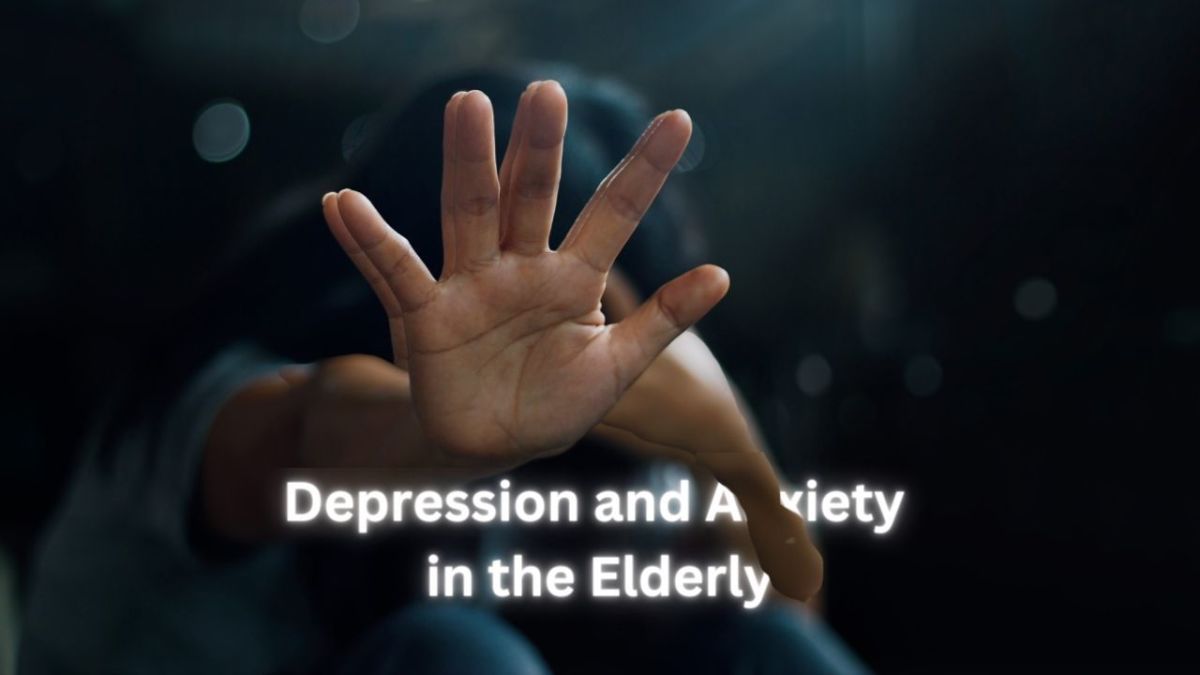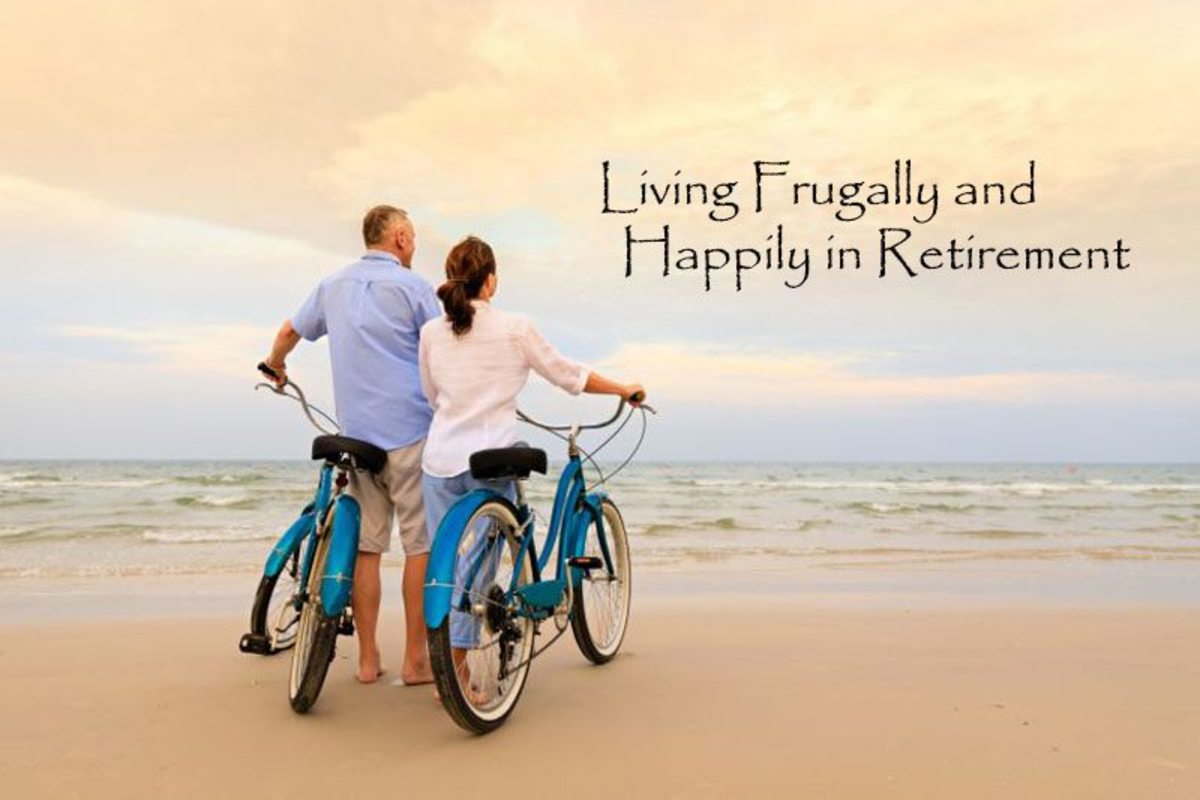Health, Nutrition and Safety for Boomers and Seniors
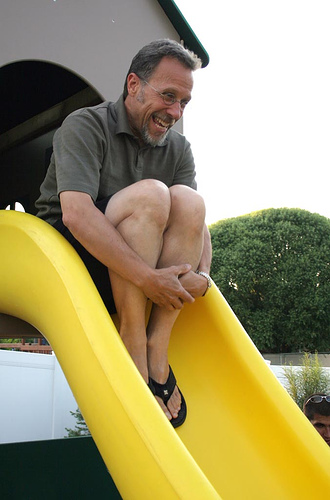
Baby Boomer and Seniors
How you think about aging and your perceptions of what a person is like through each of the decades of mid-life through end-of-life will affect how you approach your own life. Chronological age is just one measure of how old you are.
With longevity having increased during the past decades, there has been a change in the way that adults perceive, and live, in mid-life and older adulthood. People are working past the retirement ages of 62 and 65; some people are enjoying a second career after retirement. Universities and colleges are seeing more older adults in classrooms and many older adults are starting or continuing sports such as running and weight lifting at a time in life when previous generations were content to travel or just enjoy their front porch.
There are some realities to the aging human body that none of us should ignore, but good health, balanced nutrition and an eye on safety will go a long way to ensure we remain vital for many years into retirement and beyond.
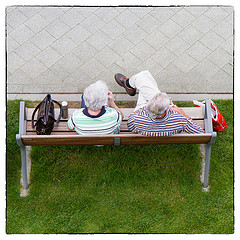
Good Nutrition Helps You Age Gracefully
Nutritional Needs Change as You Age
Good nutrition is essential to obtaining and maintaining your optimal health. If you eat too many calories too often, you will begin to pack on the pounds; if you eat too few calories too often you may lack energy and vital nutrients. Too little protein can impair your body's immune system and cause muscles to waste. Too few carbohydrates and your body begins to use the protein in muscles as an energy source.
It's important to eat a well-balanced diet daily; vitamins, minerals and micro-nutrients require regular replacement to ensure all of your cells are functioning as they should.
A daily multi-vitamin supplement aids in ensuring you are getting the major vitamins and minerals, but a vitamin alone isn't sufficient. There are many micro-nutrients, antioxidants, phytochemicals and fiber in food that a vitamin doesn't replace.
Nutrition Highlights At-A-Glance for Baby Boomers and Older Adults
Nutrition Factors for Mid-Life and Beyond
| Diet Should Include
|
|---|---|
Vital nutrients
| Calcium, fiber, vitamins A,C,D, protein, iron and folacin
|
Carbohydrates
| 60 percent of diet should be carbohydrates, especially complex carbs such as whole grain foods, fruits and vegetables
|
Fiber
| Whole grain foods, fruits and vegetables are good sources
|
Water/Fluids
| Drink at least 5 to 8 glasses daily
|
Fruits and Vegetables
| Eat at least 5 half-cup servings daily
|
Be Prepared for a Medical Emergency
Physiologic Changes in Mid-Life and Beyond
Degenerative changes in muscles and bones begin around age 30. The amount of bone and muscle loss varies by individual condition, heredity and physical activity level. Good nutrition and regular, moderate physical activity aids in
After age 50, many people experience a decrease in their ability to smell and taste. This can impact your appetite; if so, experiment with different seasonings, make the food on your plate pleasing to your eye, consider trying new foods or different ways of cooking.
Bowel motility begins to slow down gradually as you age, which makes fiber an ever-increasing important component of your diet. High fiber foods are preferred over laxative use because the foods also provide important nutrients and because laxative use can interfere with nutrient absorption in the intestines.
The slowing of digested food moving through your intestinal tract also means that more water is absorbed through intestinal walls, an additional factor in constipation. Here again, fiber aids in solving the problem along with adequate fluid intake every day.
Gradually decreasing muscle mass can result in fat formation if calorie intake isn't adjusted downward or physical activity increased.
Physiologic Changes of Aging At-A-Glance
Body System
| Changes in Aging
|
|---|---|
Senses of taste and smell
| May decrease with age
|
Digestive system
| Slower bowel motility
|
Digestive system
| Decrease in digestive secretions; no change in enzymes
|
Muscles
| Gradually declining muscle mass in skeletal, smooth and muscles that affect vital organ function
|
Bones
| Decreased bone mass, particularly after menopause for women
|
Metabolism
| Metabolism gradually decreases, meaning fewer calories are required
|
Body Mass
| As metabolism decreases, there is a loss of lean body mass. Less body mass means less water is held in the body
|
Eyes
| Eyes react slower to light changes with age
|
Eyes
| After age 40, some eye muscles begin to atrophy and eye lens less elastic resulting in eventual nearsightedness
|
Hearing
| Less than 20 percent of those age 70 to 79 years old have a hearing loss; slighty more than 45 percent of those 80 years and older have a hearing loss
|
Blood pressure
| Blood pressure rises with age due to loss of blood vessel elasticity and narrowing of bood vessel lumens (arteriosclerosis and atherosclerosis)
|
Blood pressure
| Orthostatic hypertension is more prevalent in older adults, increasing the risk for fainting and falls
|
Kidneys
| Blood flow to the kidneys decreases 10 percent per decade
|
Preventing the 5 Most Fatal Home Accidents
Mind and Body: Chair Yoga
Navigating Safely through Mid-Life and Senior Years
In addition to good nutrition and keeping yourself healthy, safety is a concern for baby boomers and seniors. Falls become an issue of concern, especially after age 65. Falls can be prevented by some simple measures, greatly reducing your chances of fractures.
Flexibility and balance tend to decrease over time, especially in those who live a sedentary lifestyle. Add to that the visual changes that occur with aging and you can see why falls are more likely to happen in older adults. Healing time for a fracture in later life is much slower than for younger adults and can result in further physical problems due to the decrease of activity while a fracture heals.
According to Texas A&M University's Family and Consumer Sciences department, one-third of Americans over age 65 fall each year. Falls cause 90 percent of the fractures that people over age 65 incur and falls are the leading cause of injury death in the same age group.
Becoming or staying physically active is one way to stave off some of the effects of aging such as loss of muscle and bone mass and increasing flexibility and balance. Most communities have a number of programs for exercise and physical activity for people of all abilities and interests.
Tai chi and yoga are two low impact forms of exercise that can be performed sitting or standing and are recognized as benefiting physical and mental health.
Fall Prevention Tips
Get some exercise
|
Keep vision sharp by getting an eye exam yearly
|
Be mindful of medications that cause dizziness and/or drowsiness
|
Install handrails and lights on all stairways
|
Use only step stools or ladders; don't stand on chairs
|
If you are having balance issues, use a cane or walker for stability
|
Wear shoes with non-skid soles
|
Before standing from a lying position, sit up for a few moments and take slow, deep breaths to avoid orthostatic hypotension
|
Avoid use of throw rugs unless they are anchored with a non-slip surface
|
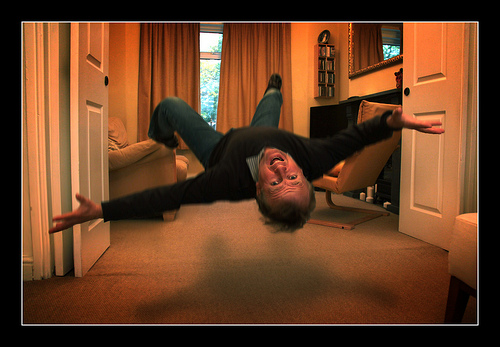
Falls in Older Adults Linked to Poorer Surgical Outcomes
Update: 10/2/2012: U.S. News & World Report provided information from a study performed at a Veterans Affairs Medical Center that reviewed post-surgical data on patients who had heart or colorectal surgery.
In the study of more than 200 patients, data showed that among those individuals, those who had sustained a fall within six months prior to surgery had either longer hospital stays post-op or incurred at more than one complication post-op compared to individuals who had no recent history of falling.
In addition to longer hospital stays, 59 percent of people undergoing colorectal surgery with a recent history of falls required institutional care after leaving the hospital compared to 4 percent of people having surgery without a recent fall history.
Average age of study participants was 74.
Bottom Line
There are many factors that affect how each of us ages, from heredity to environmental factors. Over those factors we have little control. What we can control is how we think, what we eat, whether we move or are sedentary.
We're fortunate to live in a time when there is much emphasis being placed in science and medicine about aging and the older adult years. We need to stay informed and use common sense to make each day be the best it can be for each of us as individuals.
Resources for Baby Boomers and Older Adults
Sources
- Seniors Who Fell Recently May Fare Worse After Surgery - US News and World Report
Oct. 2, 2012 Study found more disability, complications and longer hospital stays for these patients - Redefining Aging: What It Means to Grow Old - The Best Life (usnews.com)
As older Americans redefine what they want from life, new concepts of aging are emerging. - Through a Different Looking Glass: The Prism of Age
A new research brief by the Sloan Center on Aging & Work at Boston College finds that employers need a way to think about the different aspects of the aging experience, so that they can use age diversity in the workplace to the organization’s and - Nutrition and Aging
Eat a variety of foods to stay healthy. As we age, it becomes more important that we eat more calcium, fiber, iron, protein and vitamins A, C and folacin. To reduce calories select nutrient-dense foods. Enjoy smaller portions of foods high in fat, su - Nutrition Through the Life Span
Brief look at how your body's needs change throughout your lifetime. - Physiological Changes Associated with Aging and Immobility
Journal of Aging Research is a peer-reviewed, open access journal that publishes original research articles, review articles, and clinical studies related to all aspects of aging. - Clinical Implications of Physiologic Aging
Center on Aging, The Center on Aging at the University of Kansas Medical Center is dedicated to promoting health and well-being among older adults through education, research and service - CDC Features - Focus on Preventing Falls
We all want to protect our family members as they age and help them stay safe, secure, and independent. Knowing how to protect older adults from falls, a leading cause of injury, is a step toward this goal. - Fall Prevention for Older Adults
Risk for falls among older adults, assessment and intervention, and prevention.




